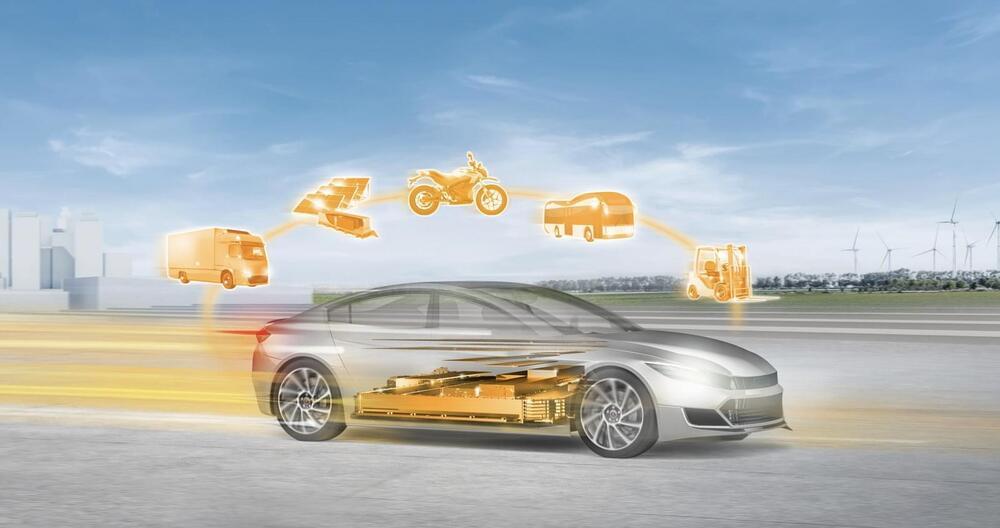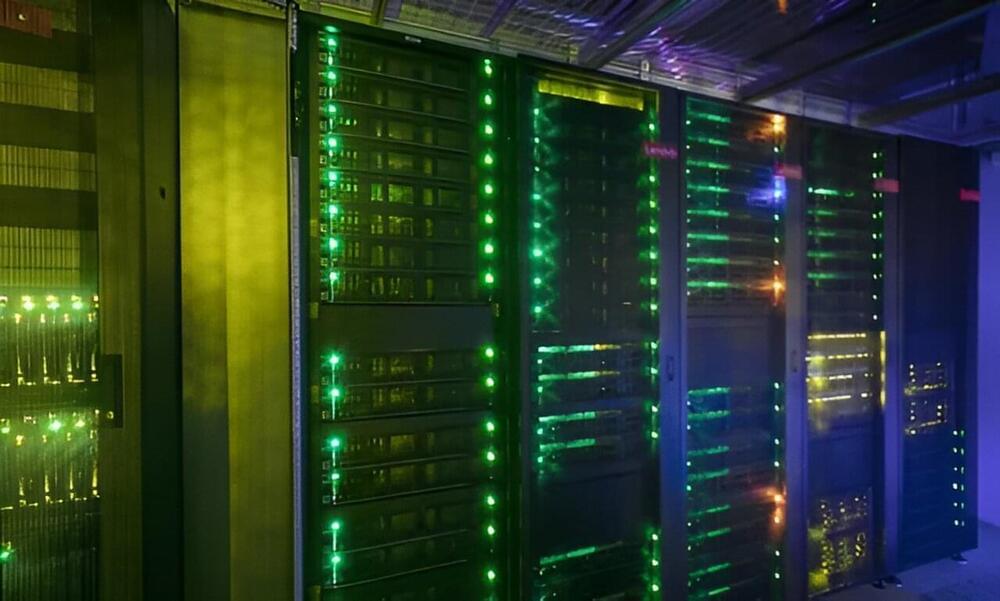Jul 26, 2024
Escaping kinetic traps: How molecular interactions make it possible to overcome the energy barrier
Posted by Saúl Morales Rodriguéz in categories: energy, nanotechnology, physics
In a paper in Physical Review Letters scientists from the department Living Matter Physics at the Max Planck Institute for Dynamics and Self-Organization (MPI-DS) propose a mechanism on how energy barriers in complex systems can be overcome. These findings can help to engineer molecular machines and to understand the self-organization of active matter.


















